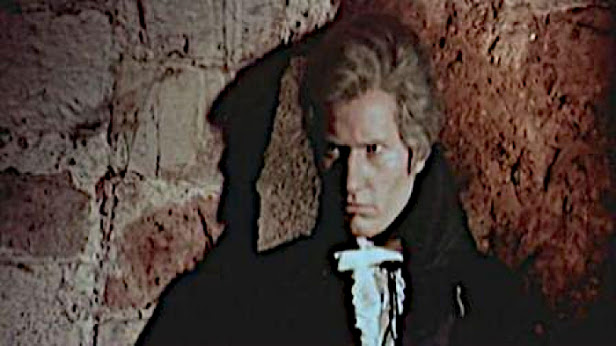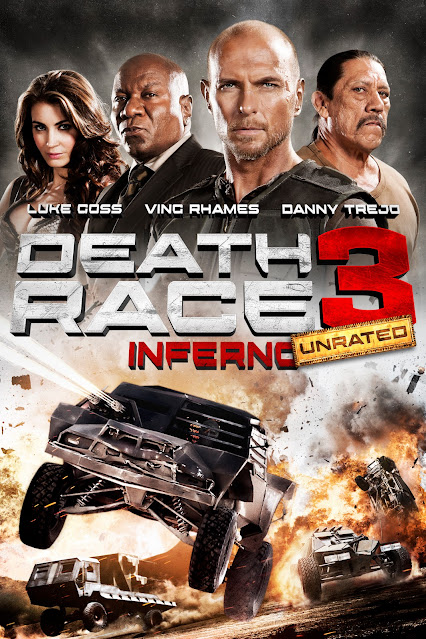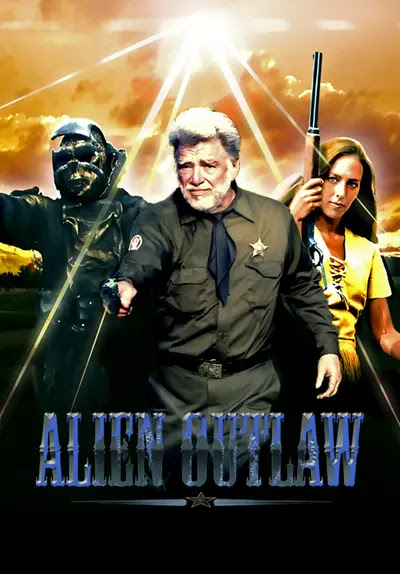PHENOMENALITY: *marvelous*
MYTHICITY: *good*
FRYEAN MYTHOS: *drama*
CAMPBELLIAN FUNCTION: *cosmological, psychological, sociological*
In my review of Osamu Tezuka's graphic novel METROPOLIS, I said that I fully believed Tezuka's public statements that he'd never seen the 1927 Fritz Lang classic of that name. Given some of the changes between the manga and this much later anime adapatation, though, I think it very likely that the film's director and writer-- respectively Rintaro and Katsuhiro "AKIRA" Otomo-- were fully aware of the Lang narrative. What emerges is an affecting amalgam between some of the basic themes of Lang-- though not much of the plot-- and several tropes from Tezuka's imaginative but somewhat disorganized concoction.
As in the manga the story begins in the megacity Metropolis, but though readers don't see a "babel" of character-voices at any point, the story of the Tower of Babel is directly referenced throughout the Otomo script, beginning with a massive new building, the Ziggurat. Said structure, rumored to be a military base, has been brought into being by industrialist Duke Red, whose popularity with the masses challenges that of the city's mayor. In the manga the Duke is a super-criminal out to overthrow the rightful government, but here he works though established channels, though his plan is still to usurp control of Metropolis. While the manga-version lacks any sentimental aspects, this Duke is said to have lost his only daughter years ago. This trope strongly resembles one used by Tezuka in the origin-story of Astro Boy, where the titular robot was constructed by a grieving father. Thus when this Duke instructs inventor Laughton to make a robot, the artificial human resembles an elementary-school-aged girl, given the name Tima. Sentiment is still not a major consideration, though, since Tima will play a role in the Duke's conquest. Equally removed from sentiment is the fact that this Duke has adopted a teenaged orphan boy, Rock, but Duke treats Rock like a slave, playing upon the boy's desire for filial feeling to make him work harder.
Rock's job is command a city-corps called "the Marduks" (patently named after the Babylonian god) who monitor the activities of the city's robots. In contrast to the 1927 film, the robots are the underclass that threaten rebellion, although there's also some conflict from various humans who have lost their jobs to robot workers.
This conflict is witnessed by two Japanese visitors to the great city: police detective Shunsaku (paralleling the "Mustachio" character from Tezuka) and his nephew Kenichi. Shunsaku has come to Metropolis looking for an organ smuggler. The local cops give Shunsaku a robot helper named Pero (implicitly, Spanish for "dog"), but Pero doesn't play much of a role overall. Eventually Shunsaku tracks the smuggler down, arriving at Laughton's laboratory.
In the manga Laughton destroys his laboratory so as to escape with his robotic creation, Michi by name, and to raise the fake child as a "real boy." But Rock arrives at the lab before Shunsaku and Kenichi, and the oft-rejected adoptive son becomes jealous of Tima, so that he fires the lab. Laughton perishes but Shunsaku and Kenichi find the little lost robot child and take her under their wing, teaching her how to speak. Whereas Tezuka's Michi possessed the (mostly useless) ability to change from boy to girl and back again, Tima is always female, probably to cement her resemblance to Duke Red's deceased daughter.
Kenichi and Tima bond, much as Michi did with a young human boy, but Rock eventually discovers that Tima has survived the inferno and kidnaps the robot girl, planning to destroy her. Shunsaku and Kenichi get her back, but have another conflict with Rock. However, Duke Red shows up, chastises Rock, and takes Tima with him. Tima for her part only wants to see Kenichi again, but does not as yet know that she's an artificial creation.
Soon Duke Red's dastardly scheme is revealed: the Ziggurat is a superweapon, but it needs an android like Tima as an interface-- meaning that in the end, the Duke's desire to reproduce an image of his lost daughter was less important than using his faux daughter as a means of controlling Metropolis. Shunsaku and Kenichi can do nothing, but the persistent Rock intrudes again, wounding Tima so as to expose her circuitry.
Because Tima has patterned her emotions on those of humans, she goes berserk at the revelation of her true nature. Tima unleashes the weapons-system upon the city, desiring only massive destruction, much as the underclass in Lang's film seeks to decimate the city ruled by the overclass. The extra-Biblical narrative of the "fall of the Tower of Babel" is evoked, but Kenichi saves Metropolis by seeking to save Tima-- and he succeeds in the one endeavor while failing in the other.
The 2001 METROPOLIS rates as a very good, if not quite exceptional, film on the themes of both Fritz Lang and Osamu Tezuka. The tone, though, is closer to that of Lang (and of Otomo) than to Tezuka, given that the film is almost completely lacking in any kind of humor, especially not the baggy-pants antics favored by the "God of Manga."




















